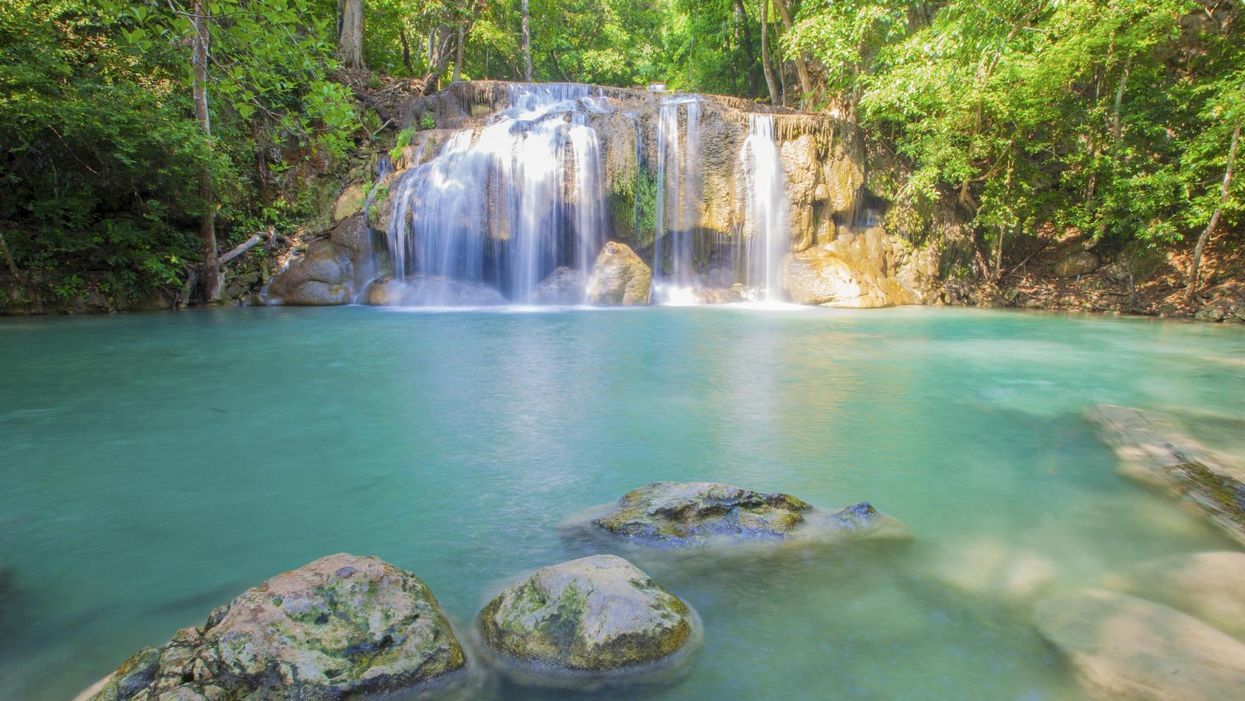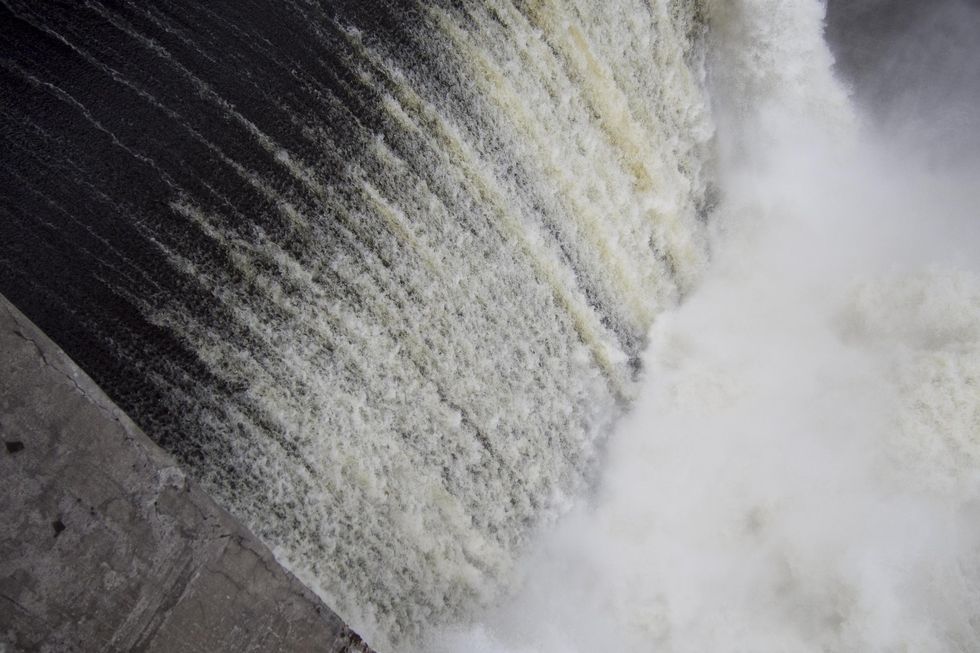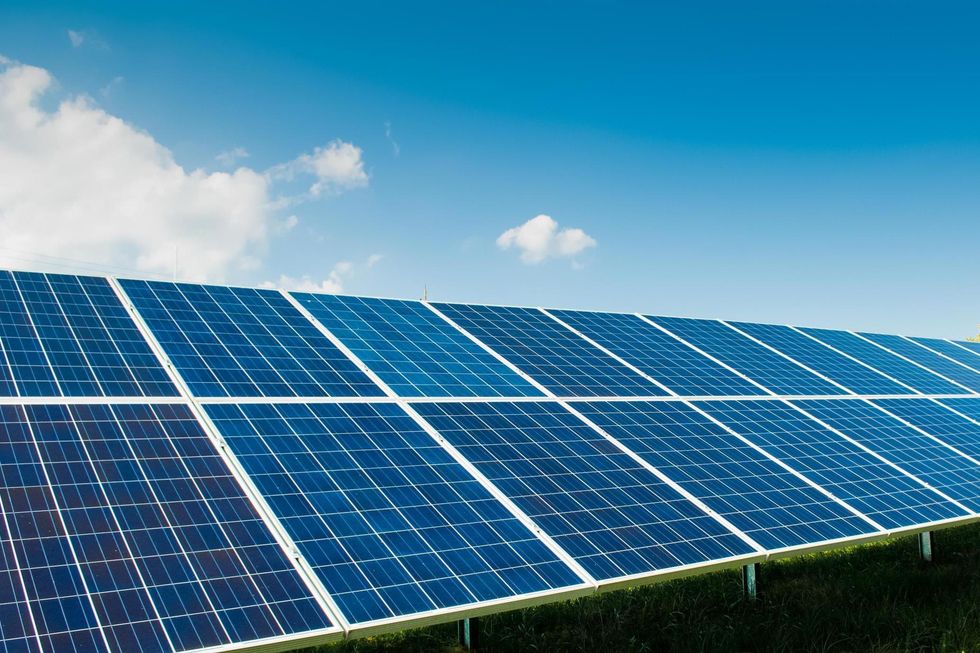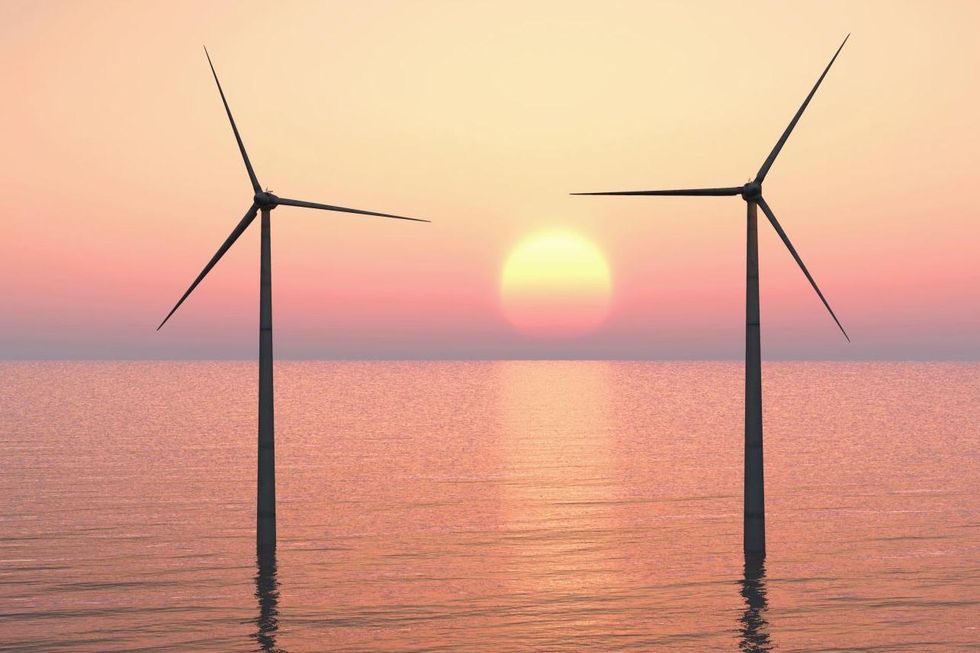Aimee Meade
Sep 16, 2016

Picture:
iceonion_th/ iStock
Costa Rica has spent nearly half of 2016 running entirely on renewable energy.
The Central American country has spent 150 days without burning fossil fuels for electricity, including a 76 day straight run between June and September. It has minimised its carbon footprint on a huge scale, putting other countries to shame. But, how has it done it?
Hydropower (water)

Solar energy

Wind farms

Costa Rica has four hydropower stations, which generated 80 per cent of the country's electricity in August. The rest came from solar and wind energy.
So why hasn't the rest of the world followed suit? With a population of nearly 4.9million and an area of less than 20,000 square miles, Costa Rica doesn't need as much energy as other countries. It also has the perfect conditions - mountainous terrain, rain and access to the shoreline - for hydropower.
However it is not the only country to leave fossil fuels behind. The EU set renewable energy goals for 2020, but Sweden, Bulgaria and Estonia managed to meet these eight years ahead of schedule. Bonaire, a small Caribbean island, currently produces all its energy from renewable sources.
More: How Britain compares to the rest of the world on green energy
Top 100
The Conversation (0)













